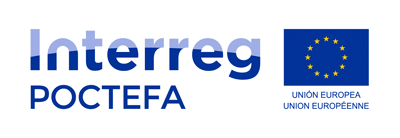The ObsCat (observatory of the Catalan sandy coast http://www.obscat.fr/) is based on the analysis of coastal morpho-sedimentary phenomena (sand movements, areas sensitive to erosion, evolution of the beach-dune system, coastline mobility, etc.) at a coherent scale: that of the sedimentary unit of Roussillon.
ObsCat aims to facilitate decision-making by public authorities in charge of coastal management and more particularly coastal risks. This tool was born in 2013 from a proactive approach by Perpignan Méditerranée Métropole (PMM) in line with regulatory obligations, such as the European Inspire directive for the dissemination and sharing of geographic information, the Marine Strategy Framework Directive for the achievement or maintenance of Good Ecological Status of the marine environment, as well as the commitments of the Grenelle de la Mer and the Integrated Coastal Zone Management.
PMM is the leader, well before the GEMAPI (management of aquatic environments and flood prevention), through its framework contract for sustainable management of water and aquatic environments with the water agency, a historical financial partner. The specific application agreement for the coastline of this framework agreement has enabled PMM to set up and finance a shared research and development program with the Bureau de Recherches Géologiques et Minières (BRGM), ObsCat's pioneering scientific partner.


Three three-year cycles (2013-2016, 2016-2019 and 2020-2022) have allowed 9 years of monitoring and data acquisition and improvement of knowledge regarding coastal risks. During this period, ObsCat has grown with an extension of the perimeter with the integration of the commune of Leucate in 2015. From a scientific point of view, ObsCat has surrounded itself with the EID-Méditerranée for its expertise on the mobility of the coastline in particular. The Cefrem laboratory, attached to the University of Perpignan Via Domitia and internationally recognized for its research on the morpho-sedimentary functioning of sandy coastlines, has also become an essential partner for the effectiveness of the observatory.




In addition, the outsourcing of the animation of the tool to the Catalan Urban Planning Agency (AURCA) in 2017 has allowed the development of the mutualization of means, to improve the link between expertise and elected officials and to increase its visibility at the regional and national level.
The year 2019 marked a turning point and sealed the federation of two new communities to the ObsCat, the Community of Communes Sud Roussillon (CCSR) and the Community of Communes Albères Côte Vermeille Illibéris (CCACVI), allowing a deployment of the partnership perimeter to the 44 kilometers of the Catalan sandy coastline from Cap Leucate to Racou.
The continued commitment of academic partners (BRGM, UPVD, EID) consolidates this new cycle of observation. The financial support of the Gulf of Lion Marine Park, the Coastal Plan 21 (State / Region) and the Occitania Region, which also manages the ERDF, allows the optimization of its cost (nearly 1.3 million euros in total, of which 65% on average are subsidies). Thus the financing plan allows to rationalize the part of self-financing of the four communities in charge of the project.




The ambition of this new cycle of collaboration is to intensify exchanges and best practices beyond administrative boundaries and to continue the pooling of resources to strengthen the development of knowledge at the relevant scale. The system facilitates the decision support of elected officials in the implementation of sustainable development in coastal risk management and adaptation to the effects of climate change.
It will be a question of continuing and reinforcing the existing scientific protocol, in particular by increasing the density of bathymetric surveys (= monitoring the evolution of the submerged relief) or wind monitoring (= understanding the role of wind in sandy movements). It will also be necessary to develop an awareness and communication component with the creation of popularization tools to facilitate the understanding, by the actors and the general public, of the functioning, the hazards, the stakes and the evolutions of our coastline (in connection with the effects of climate change such as the rise of the sea level).
On February 20, 2023, the elected officials and representatives of the project owners as well as the academic technical partners met at the community hall at 2:30 p.m. to sign the new partnership agreements (2023-2025) and thus begin this 4th cycle.
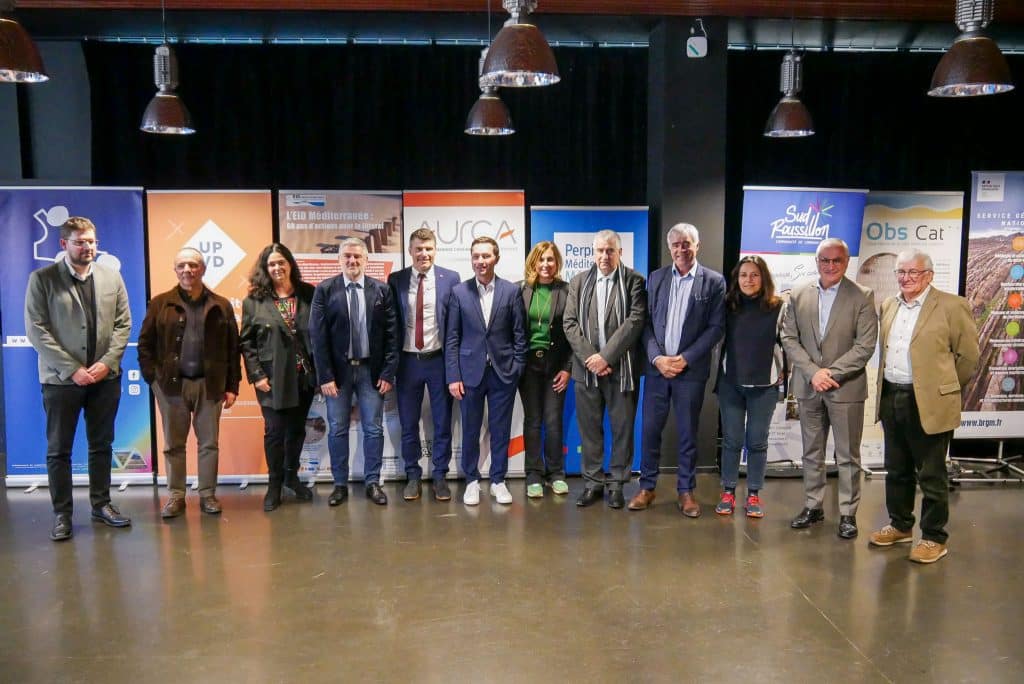
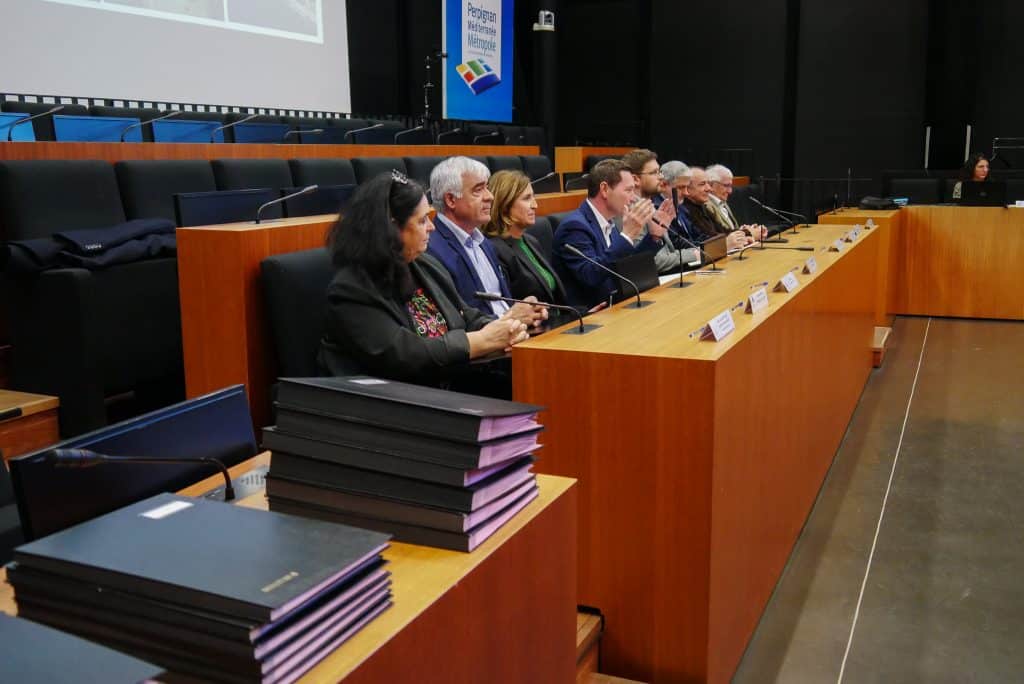
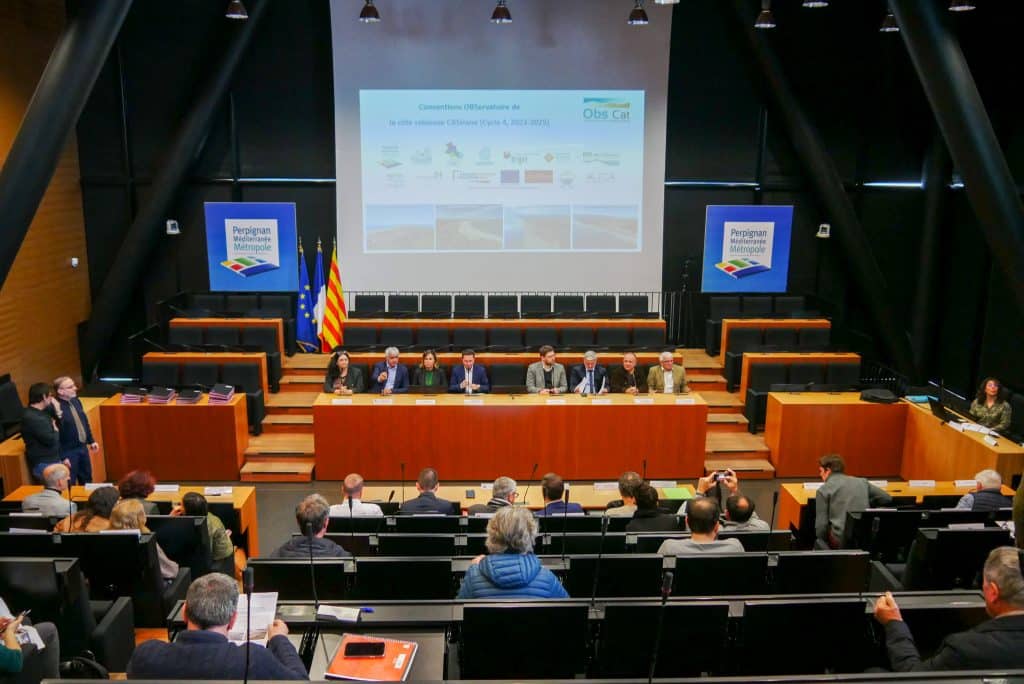
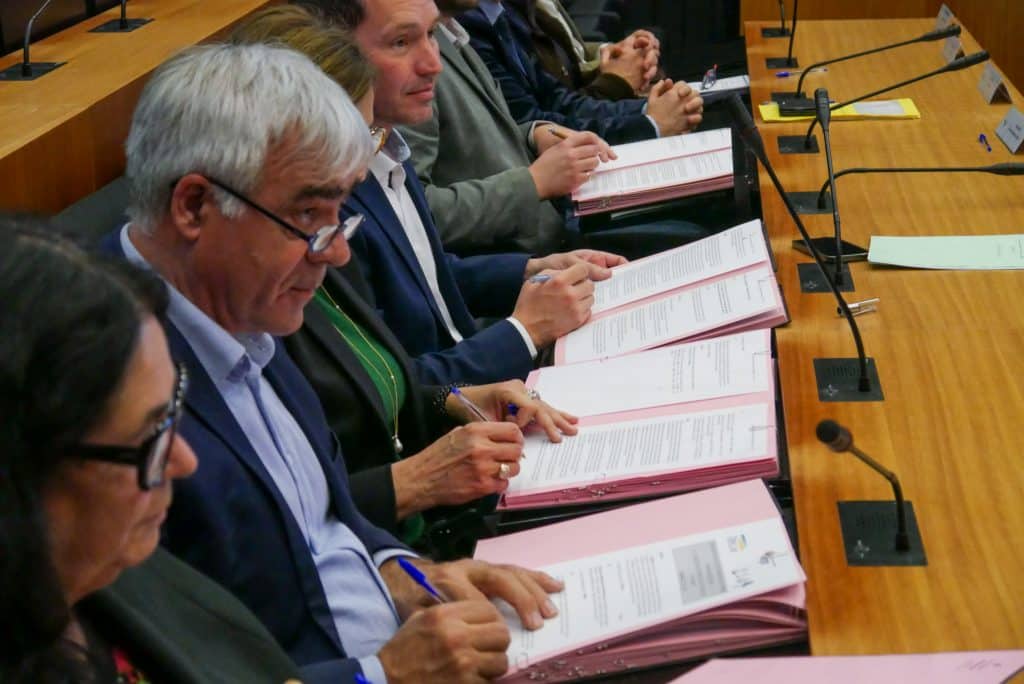
Synthesis
" ObsCat allows us to observe in order to know, to know in order to understand
and to understand in order to act "
" ObsCat is a collaborative tool at the service of adaptation trajectories "
This partnership system of observation and decision support between Cap Leucate and Racou allows a scientific and prospective approach of the sandy coastline.
It contributes to:
- Making the best short-term management choices on the sandy beaches of Roussillon.
- Carrying a forward-looking vision, beyond political mandates, to drive the adaptation of the territory to 2050.
- Raising public awareness of the functioning of the coastline and climate change.
Through 4 main missions:

Key figures:
1 sedimentary unit
44 kilometers of sandy coast
17 sensitive sectors routinely monitored
4 local authorities as project owners
4 scientific and technical partners
4 financial partners
Indicators of the previous cycle (2020, 2021, 2022):
6 measurement campaigns
2 structuring studies
6 local presentation/restitution meetings
5 steering committee meetings
8 technical committee meetings
24 representations at regional or national meetings or seminars
6 events for the general public
1,370,000 € of monitoring, expertise and animation
77% of financial aid



